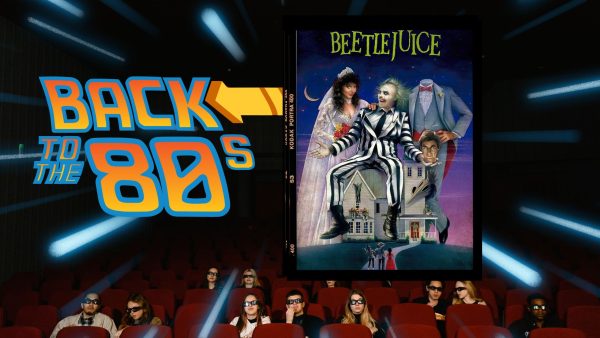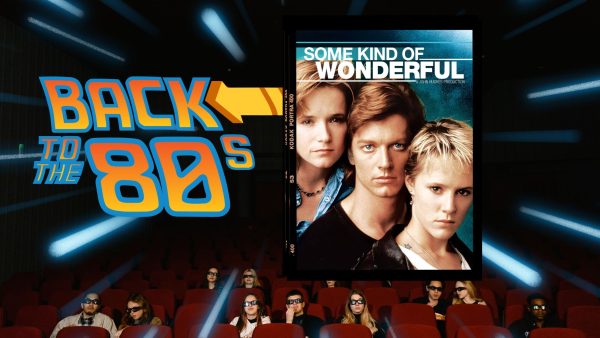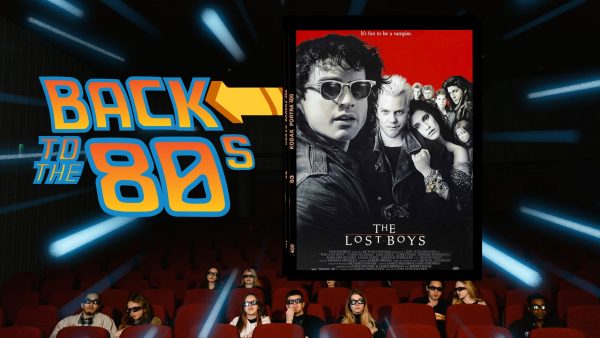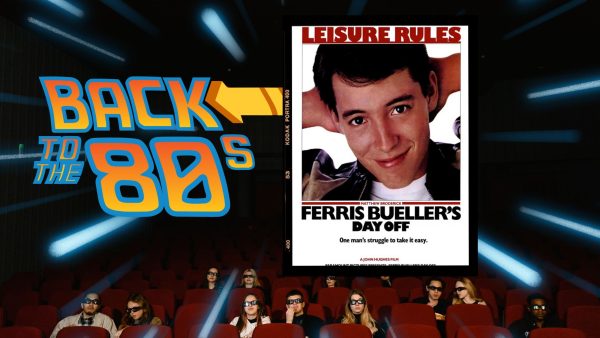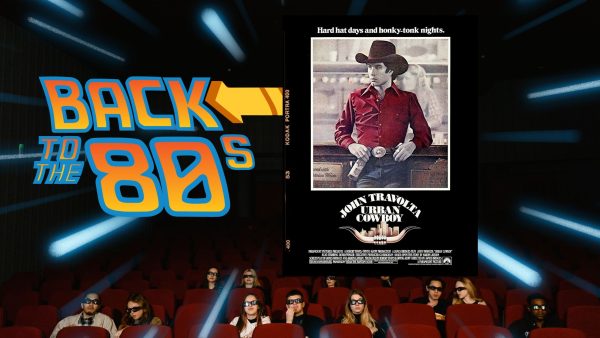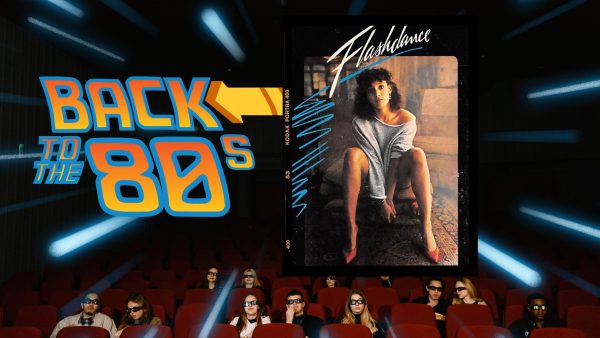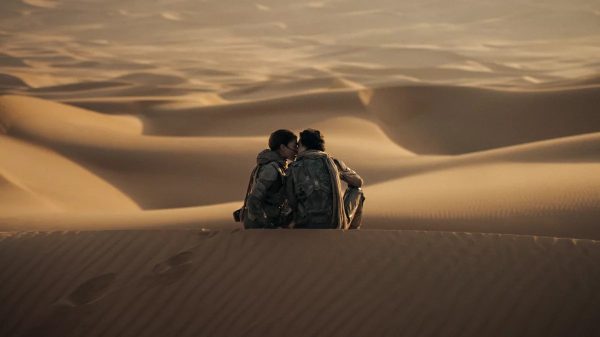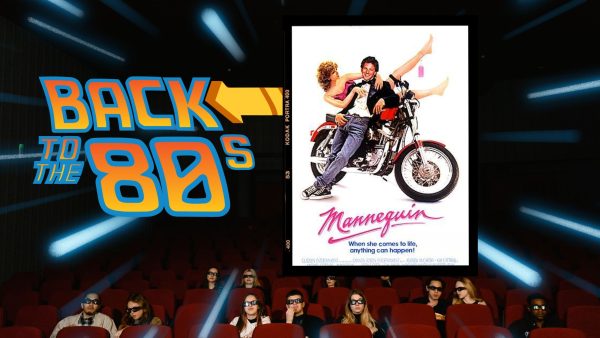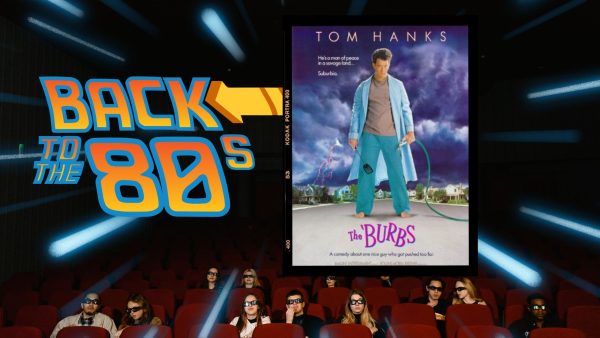Conspiracy theories only add questions and never answer
March 2, 2013
It’s difficult to tell why someone would be compelled to shoot up an elementary school just days before Christmas, but what I can say with confidence is some people swear they have the answer and it’s not the one presented on TV.
The tragedy that occurred at Sandy Hook Elementary last December gave way to a plethora of theories on the Internet. Anonymous bloggers have tried to unearth some secret that the U.S. government is trying to gain support for stricter gun laws.
This conspiracy theory is not unique; almost every major event in history from the JFK assassination to 9/11 has another narrative attached to it. Theorists claim to see patterns and inconsistencies in the story presented by the media. These theories, while often false, attempt to give explanations to venerable citizens following a tragedy when, truth be told, don’t have the explanations we are looking for.
“I get it. They have these questions and they’re suspicious, they engage in a rational investigation and the rational investigation can turn up loose ends, questions, etcetera and that adds fuel to the fire,” said sociology professor Kevin Wehr. “The interesting thing is that a little bit of knowledge can sometimes lead you down the wrong path.”
Conspiracy theories by definition are a belief some covert but influential organization is responsible for an unexplained event. They require a level of distrust towards the government that would seem unreal if all theories were made out to be true.
British psychologist Christopher French said at the 2012 British Psychological Society’s Annual Conference in London, in pertaining to the belief of conspiracies, that “big events need big causes.” This makes the government that “big cause” theorists are looking for in the midst of an unforeseen catastrophe.
As a result, when it comes to the argument that the Sandy Hook conspiracy was constructed to sway America’s opinion on gun control: “It seems like it would work but it is a horrible case,” said computer science major David Sandoval.
Despite the unreal and sensational narrative of a heavily circulated conspiracy, it doesn’t require a high level of mental gymnastics to be caught up in its story. The attack on the World Trade Center in 2001 is the holy grail of conspiracies. Theorists use photos, video footage, government documentation, flight records, first-hand accounts, recreations and diagrams – pretty much anything at the public’s disposal to try to prove that 9/11 was an “inside” job.
Additionally, these arguments are presented in the independent documentary “Loose Change” written, directed and produced by Dylan Avery. The film gives a fascinating twist on the events of that day from how the buildings collapsed to the plane crash in the pentagon. The theory the movie presents though requires too many synchronized variables to work at the same time for such an event to be pulled off.
“The most simple answer is usually the correct one, and if you have to get really crazy convoluted in order for your theory to still be true, then your theory is probably not true,” Wehr said.
Taking what the media says for face value in the aftermath of a saddening event is not an easy task. To accept that random acts of brutality co-exist among citizens who strive for the opposite can weigh heavy on ones conscience.
Conspiracy theories provide an answer that could only seem plausible following events of such magnitude like Sandy Hook or 9/11. The thing to remember is answers are available, just don’t expect them from an anonymous blogger. They remain unnamed for a reason; the greatest luxury to the anonymous blogger is also their greatest downfall: they don’t have to answer to the public and they don’t have to use reliable sources.
“Whatever is said about the government will never fall on deaf ears,” said international business major Lloyd Palmer. “Whether I believe it or not I would have to research on my own and look for more sources.”
Anthony can be reached at: [email protected]
































































































































